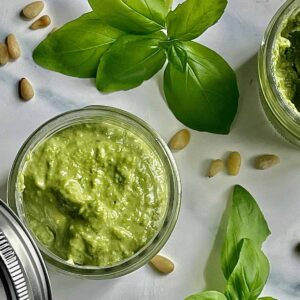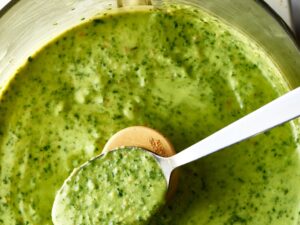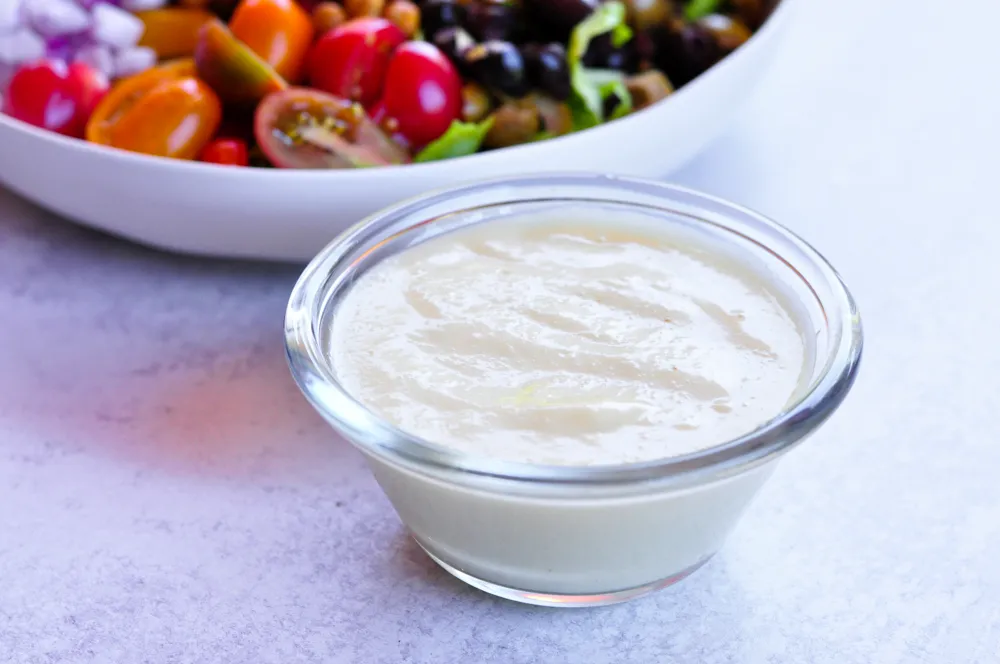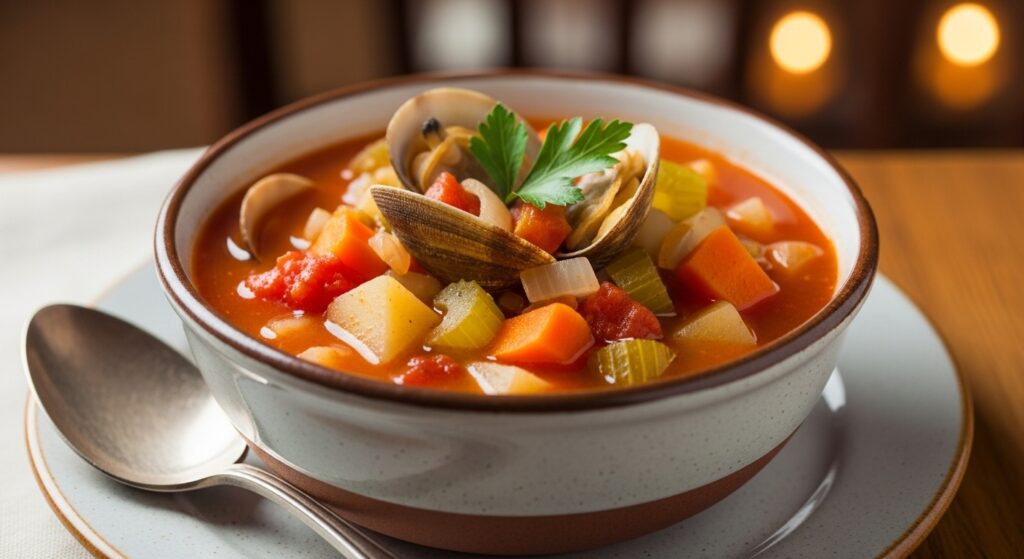If you love pesto, you’re in for a treat! Creamy pesto sauce takes everything you love about traditional basil pesto—its bold, garlicky, herby flavor—and blends it with rich, velvety creaminess.
Whether you’re tossing it with pasta, drizzling it over grilled chicken, or using it as a pizza base, this sauce brings comfort and flavor to any dish.
In this post, we’ll explore what makes creamy pesto sauce so special, how to make it at home, and tasty ways to use it.
What Is Creamy Pesto Sauce?

Creamy pesto sauce is a fusion of classic Italian pesto and a smooth, creamy base.
Traditional pesto is made from fresh basil, garlic, pine nuts, Parmesan cheese, and olive oil.
When cream, cream cheese, or even Greek yogurt is added, it transforms into a luscious, silky sauce that clings beautifully to pasta and adds a luxurious texture to meals.
It’s a perfect choice when you’re looking for a more comforting version of pesto that balances strong herbal flavors with a mellow, creamy finish.
Ingredients You’ll Need
To make a basic creamy pesto sauce, you’ll need:
-
1 cup fresh basil leaves (packed)
-
2–3 garlic cloves
-
¼ cup pine nuts or walnuts
-
½ cup grated Parmesan cheese
-
½ cup heavy cream (or half and half)
-
¼ cup olive oil
-
Salt and pepper to taste
-
Optional: 2 tablespoons cream cheese for extra richness
You can also use store-bought pesto as a shortcut and simply mix it with cream on the stove for an ultra-quick version.
How to Make Creamy Pesto Sauce

Here’s a quick step-by-step guide to making this sauce from scratch:
1. Blend the Pesto Base
In a food processor, combine the basil, garlic, pine nuts, Parmesan, and olive oil. Blend until smooth. Season with salt and pepper.
2. Heat the Cream
In a saucepan over medium heat, warm the heavy cream (and cream cheese if using) until it begins to bubble gently.
3. Combine and Simmer
Stir in the prepared pesto and whisk everything together until smooth and well combined. Simmer for 2–3 minutes to thicken slightly.
4. Serve Warm
Use immediately over pasta, chicken, or vegetables. You can store leftover sauce in an airtight container in the fridge for up to 3 days.
Delicious Ways to Use Creamy Pesto Sauce
This sauce is incredibly versatile. Here are a few favorite ways to enjoy it:
1. Creamy Pesto Pasta
Toss it with cooked pasta like fettuccine, penne, or gnocchi for an instant comfort meal. Add grilled chicken, shrimp, or roasted veggies for a full dish.
2. Pizza Sauce Alternative
Use creamy pesto in place of tomato sauce on your next homemade pizza. It pairs wonderfully with mozzarella, sun-dried tomatoes, and chicken.
3. Drizzle Over Grilled Meats
Creamy pesto sauce makes a flavorful topping for grilled steak, pork chops, or chicken breasts.
4. Dip for Bread or Veggies
Serve it warm or chilled as a dip for crusty bread, breadsticks, or raw vegetables.
5. Layer in Lasagna or Casseroles
Replace or mix with traditional tomato sauces in baked dishes for a rich and herby upgrade.
Tips for the Best Creamy Pesto Sauce
-
Use fresh basil for the best flavor—avoid wilted leaves.
-
Don’t overheat the sauce once the pesto is added; too much heat can cause separation.
-
Add a squeeze of lemon juice for brightness.
- Make it lighter by using half and half or unsweetened Greek yogurt instead of heavy cream.
Read More: How to Make Garlic Butter Sauce
FAQs About Creamy Pesto Sauce
Can I freeze creamy pesto sauce?
Yes, but it’s best to freeze just the pesto portion and add cream after thawing. Cream-based sauces can sometimes separate when frozen.
Can I use a different nut besides pine nuts?
Absolutely! Walnuts, almonds, or cashews work well and are more budget-friendly.
Is creamy pesto sauce vegetarian?
It can be! Just ensure your Parmesan cheese is labeled vegetarian or use a vegetarian-friendly alternative.
Can I make it dairy-free?
Yes. Use a dairy-free pesto base and swap the cream with coconut cream or a plant-based alternative.
Conclusion
Whether you’re cooking a romantic dinner or prepping a family-friendly pasta night, creamy pesto sauce adds a rich, herbaceous flair that’s hard to resist.
Simple to prepare and endlessly versatile, it’s a recipe every home cook should keep in their back pocket.
Try it once, and it just might become your new favorite sauce.





